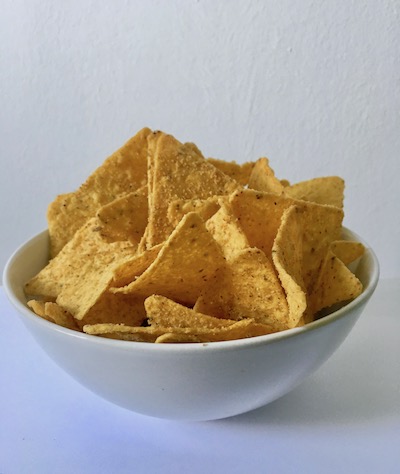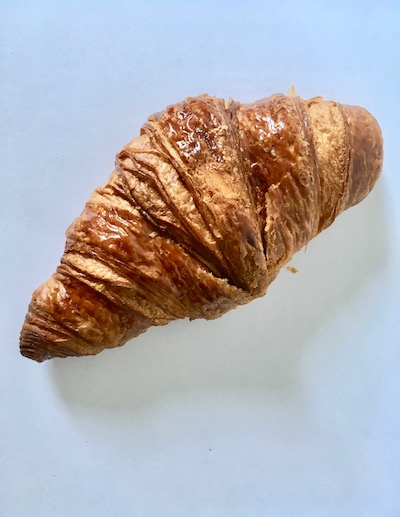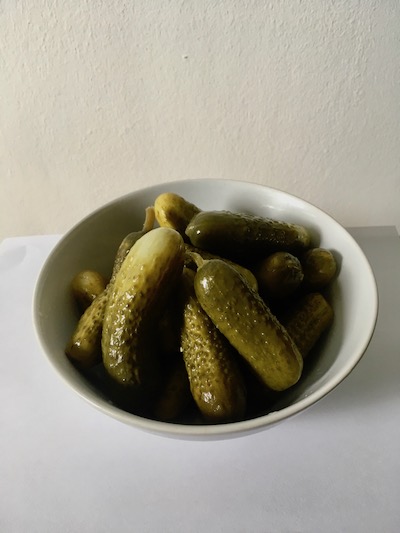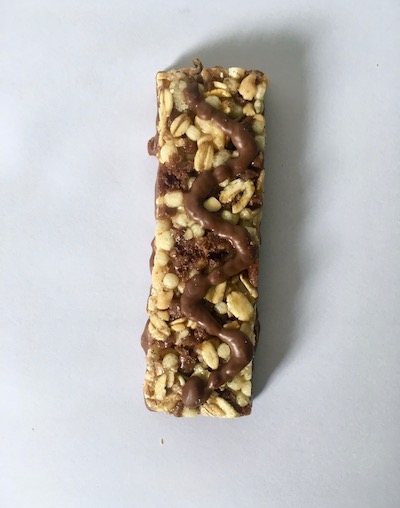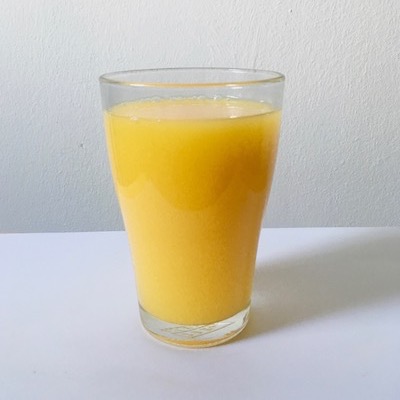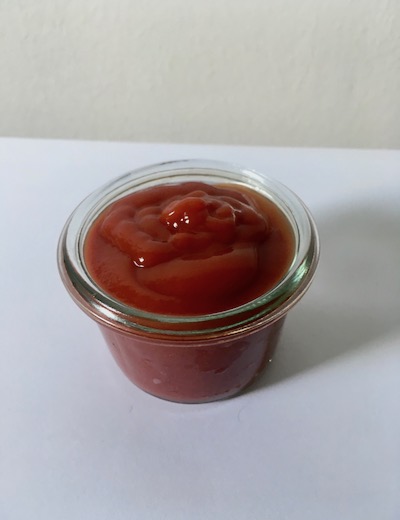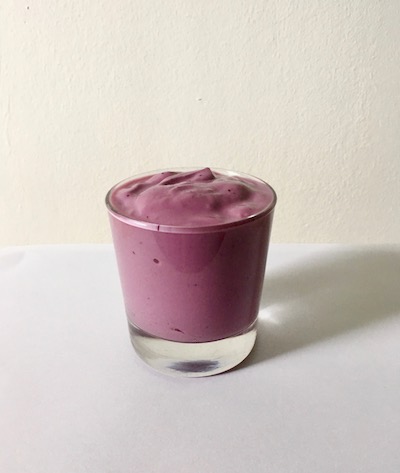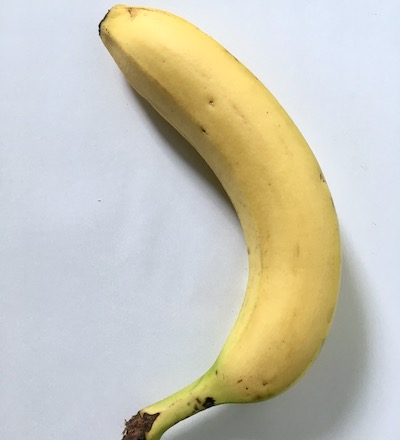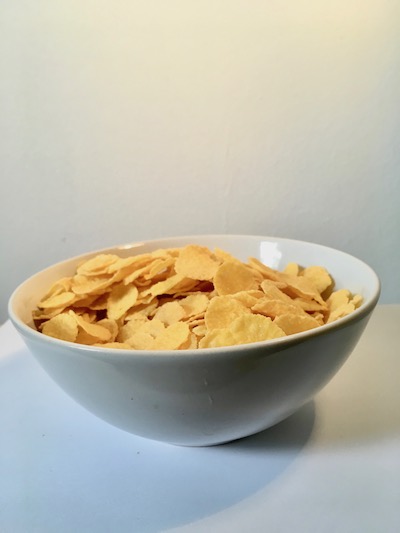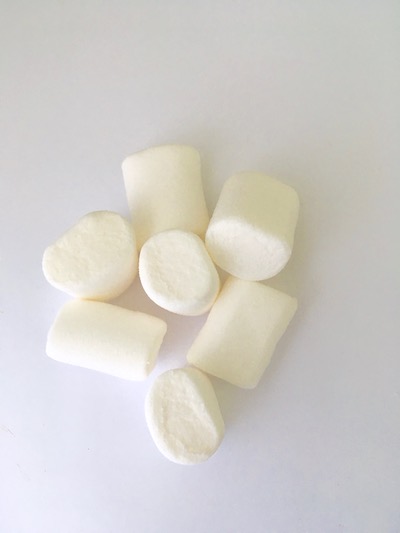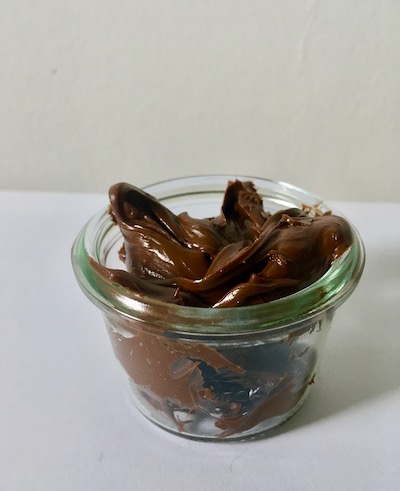Introduction
Welcome! In this interactive element you can experience an experiment referenced in Chapter 6 that tested parents’ intuitive knowledge about the sugar content of different products (Dallacker, Hertwig & Mata, 2018).
High sugar intake plays a critical role in today's obesity epidemic. Accordingly, new guidelines from the World Health Organization recommend that adults and children reduce their daily intake of free sugars to less than 10% of their total energy intake. Reducing daily intake to below 5%—roughly 25 grams, or 8 sugar cubes— would provide additional health benefits.
You will see images of 20 foods and beverages in a typical serving size. Your task is to estimate how much sugar each one contains. The sugar content is measured in sugar cubes, with 1 cube equalling 3 g of sugar. Specify the amount of sugar by dragging the slider left or right. The estimation scale starts with zero sugar cubes and goes up to 20 sugar cubes at half-cube intervals. After you have rated all 20 products, you will get the chance to compare your estimates with both the real values and estimates from other readers.


